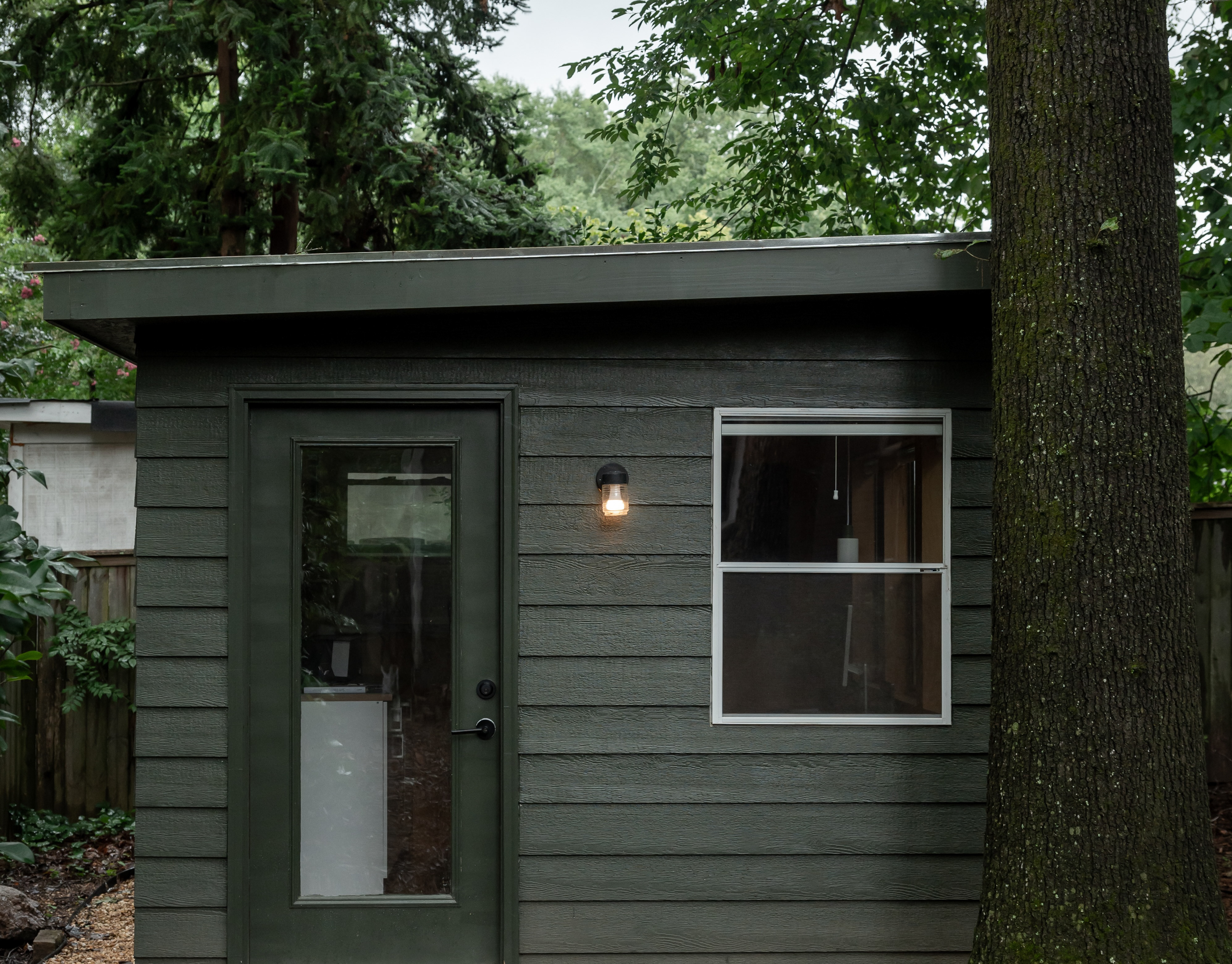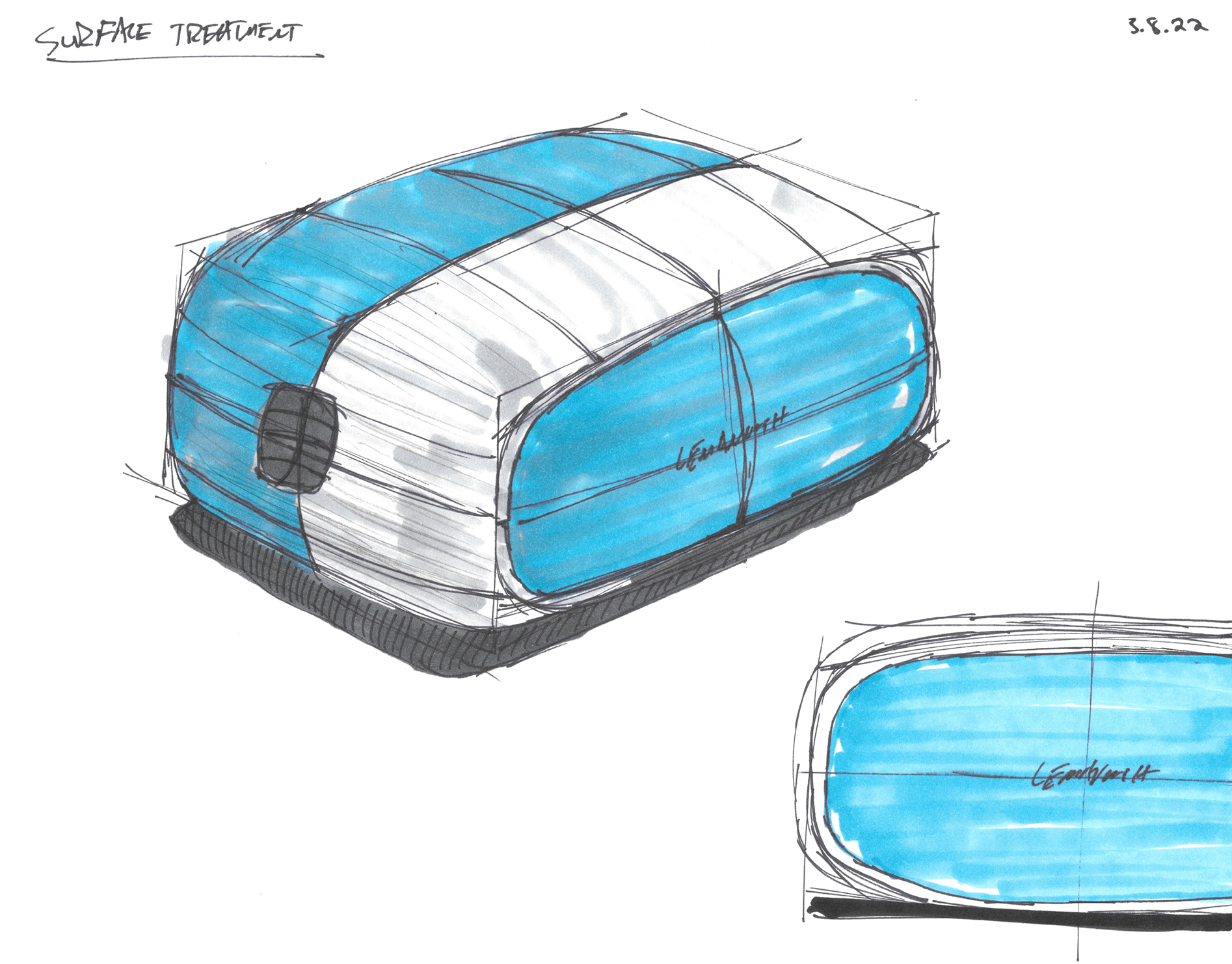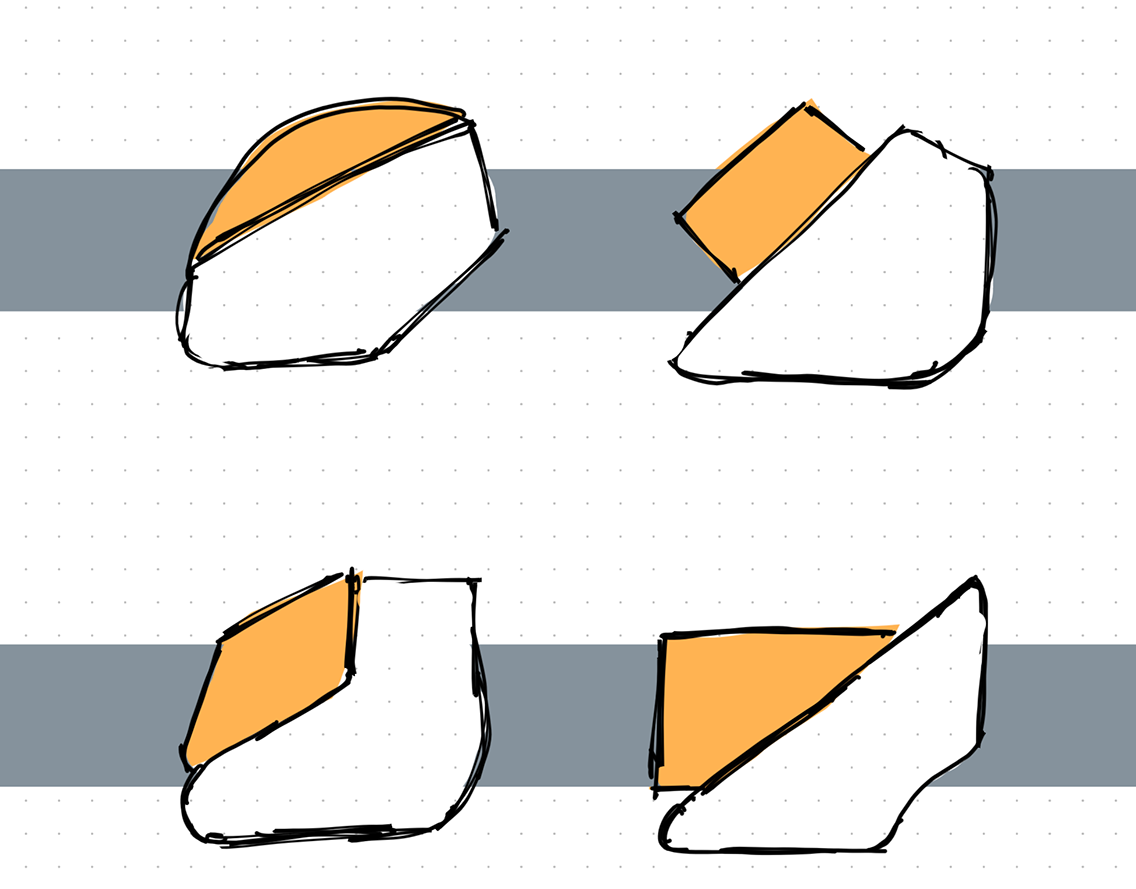Form follows function - that has been misunderstood. Form and function should be one, joined in a spiritual union.
- Frank Lloyd Wright
Form a cube of granulated sugar crystals
Function packages one teaspoon portions of sugar crystals into individually manipulatable units
Benefit enables easy and precise sweetening without utensils
Early in the morning, after the beans have been ground and the coffee brewed, I quickly grab a sugar cube and drop it into my mug, listening to its soft clinks as it bounces around before dissolving under a torrent of hot coffee. Just like that, my coffee has been sweetened to perfection—no measuring (or spilling sugar absolutely everywhere because I just happened to accidentally bump the side of a spoon full of sugar against the cup while half-awake...) required.
The sugar cube is a very simple object that achieves its function simply by having any form at all; through the transformation of a teaspoon of loose sugar into a single solid entity, it can be handled without utensils and effortlessly deployed, making the coffee making experience just a little bit easier and more error-resistant––great for any process consistently performed by semiconscious actors. While the exact shape of the sugar cube might not matter much to the early-morning barista––the coffee is going to taste the same whether it's sweetened with a cube, sphere, or pyramid––the cube has won out simply by packing most efficiently into a cardboard box. I know, what a boring reason to deprive the coffee drinkers around the world of sugar octahedrons and cones.
But the cost of convenience is customization; if you aren't able to sweeten your perfect cup of joe in teaspoon increments, this culinary artifact is not for you. Lucky for me, one cube does the trick.
How It’s Made Granulated sugar is mixed with liquid sugar, compressed into molded cubes, and dried.
Artifact Analogs Bullion Cubes, Alka Seltzer Tablets, Detergent Pods, Bath Bombs


